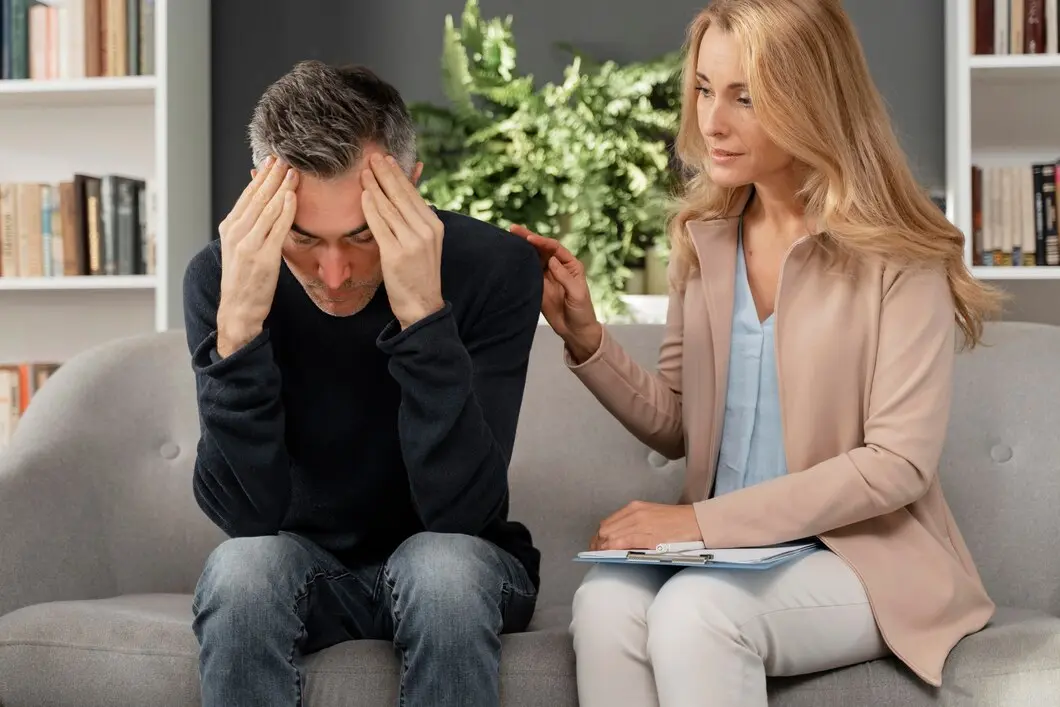Panic Disorder

A. Recurrent unexpected panic attacks. Panic Attack is an abrupt surge of intense fear or intense discomfort that reaches a peak within minutes and during which time 4(or more) of the following symptoms occur.
1. Palpitations
2. Sweating
3. Trembling
4. Sensations of shortness of breath or smothering
5. Feelings of choking
6. Chest pain or discomfort
7. Nausea or abdominal distress.
8. Feeling dizzy, light headed or faint.
9. Chills or heat sensations.
10. Paresthesias.
11. Derealization or depersonalization.
12. Fear of losing control or “going crazy”.
13. Fear of dying.
NOTE: culture-specific symptoms (e.g. tinnitus, neck soreness, headache, uncontrollable screaming or crying) may be seen. Such symptoms shouldn’t be counted as one of the 4 required symptoms.
B. At least one of the attacks has been followed by 1 month (or more) of one or both of the following.
1. Persistent worry about accidental panic attacks or their consequences (e.g. losing control, having a heart attack, “going crazy”).
2. A significant maladaptive change in behavior related to avoiding the attacks (e.g. avoiding unfamiliar situations, avoidance of exercise etc.).
C. The symptoms should not be because of the Substance or any other medical condition
D. The symptoms should not be caused by other psychiatric illnesses.
Treatments
- Fibromyalgia
- Female Vaginismus
- Conversion Disorder
- Postpartum Depression
- Narcissistic Personality Disorder
- Attention Deficit Hyperactivity Disorder
- Social Anxiety Disorder
- Specific Phobia
- Generalized Anxiety Disorder
- BIPOLAR MOOD DISORDER – I
- Obsessive-Compulsive Disorder
- Schizophrenia
- Major Depressive Disorder
- Autism
